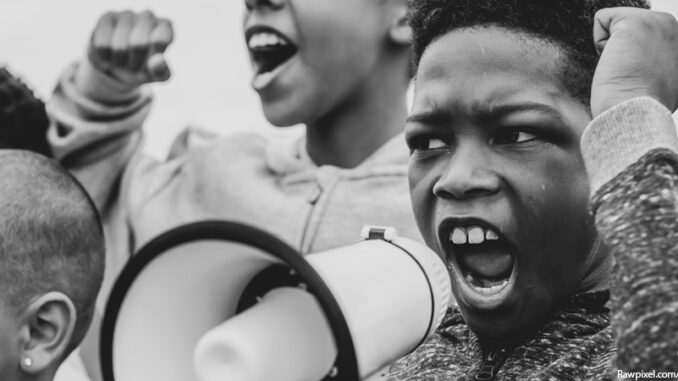
When you think of the leaders of the civil rights movement, you may first think of Dr. Martin Luther King, Jr., Rosa Parks, or John Lewis. But there were many other leaders of the movement whose work is less well known. One of these individuals is Gloria Richardson, who passed away last week in New York City. Here, btw takes a closer look at the life and contributions of this powerful activist who helped change the nation.
Who Was She?
Gloria Richardson was born Gloria St. Clair Hayes in Baltimore, Maryland in 1922. During the Great Depression, her family moved to Cambridge, Maryland. When Richardson was 16, she attended Howard University and graduated in 1942 with a degree in sociology. She married in 1948 and spent the next thirteen years raising a family. But Cambridge was a heavily segregated town, and the unemployment rate for African Americans at the time was 40 percent. In 1962, Gloria Richardson’s daughter joined the Student Nonviolent Coordinating Committee (SNCC). This inspired Richardson and several other parents to create the Cambridge Nonviolent Action Committee (CNAC), an adult-led affiliate of the SNCC. This was the beginning of Richardson’s career as an activist .
What Did She Do?
In 1962, as the leader of the CNAC, Richardson became the first woman in American history to lead a prolonged grassroots civil rights movement outside of the Deep South. The group organized sit-ins to desegregate public places such as restaurants and movie theaters. But Richardson’s group also fought for equal access to health care, housing, and jobs. The CNAC stood out because, unlike many other civil rights groups at the time, its members did not commit to nonviolence. As a result, their protests and demonstrations could become destructive and even violent.
After protests in Cambridge, Maryland turned violent in the summer of 1963, Richardson met with U.S. Attorney General Robert Kennedy to draft what became known as the “Treaty of Cambridge.” The agreement stated that people of color would have equal access to all public accommodations in Cambridge for one year. In exchange, they would halt all protesting during that time. Richardson signed the document but did not agree to stop the demonstrations, so the deal was unsuccessful.
Also in 1963, Richardson appeared onstage at Dr. King’s March on Washington. She and five other women were recognized in the program as “fighters for freedom.”
A Short But Powerful Career
Richardson was active as a civil rights leader for about three years. Part of it was because the civil rights movement was very male-dominated, making it hard for female leaders to get the support they needed. But a larger reason was that Richardson was also regularly threatened and harassed by white supremacists. When she resigned in 1964, she said that she was exhausted from nearly two straight years of demonstrating. As a result, many Americans today are unaware of her contributions and legacy.
But Gloria Richardson’s time as a political activist was noteworthy during the civil rights movement of the 1960s. She played a leadership role during an era that, for the most part, was dominated by men activists. Richardson also pushed for civil rights reforms outside of the Deep South states where Dr. King and others were focusing their main attention. And she also did not compromise her strategies in the face of national leaders.
In 1964, she married her second husband, photographer Frank Dandridge, and moved to New York City. While her time in activism was behind her, she did hold many jobs, including on the National Council for Negro Women. She died in her sleep on July 15, 2021, in Manhattan at the age of 99. Richardson is survived by two daughters and two granddaughters.
